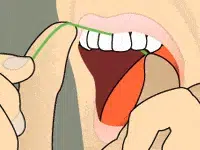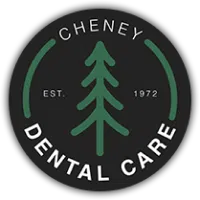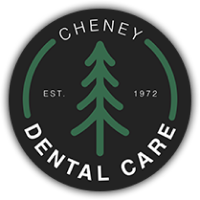
Exams
How it’s done
Review of medical history: The dentist will evaluate the potential impact of any recent medical conditions or illnesses on your dental well-being.
During the examination for tooth decay, we will assess your mouth for any signs of cracked or decayed teeth.
During the oral cancer screening, healthcare professionals will thoroughly examine the face, neck, lips, tongue, throat, tissues, and gums to detect any indications of oral cancer.
A gum bump looks similar to a pimple.
Evaluation for gum disease: An examination will be conducted to assess the condition of your gums and the bone surrounding your teeth for any signs of periodontal disease.
We ensure that all current fillings, crowns, and other restorations are thoroughly examined to confirm their good condition.
Digital X-Rays
In addition to ensuring your smile, our office is committed to your overall well-being. We adopt a comprehensive approach to your dental care, which involves conducting an oral cancer screening during your routine examination. Early detection and treatment are crucial in combating oral cancer, as it can be life-threatening.
Rest assured, we possess the expertise and resources to identify early signs and symptoms of oral cancer and pre-cancerous conditions. Although these symptoms may stem from less severe issues, it is imperative to visit our office to eliminate the possibility of oral cancer. The most prevalent indicators of oral cancer include:
Oral Cancer Screenings
If dental anxiety is a concern for you, we have the perfect remedy. Our oral sedation service is tailored to ensure your relaxation during dental procedures. We also offer neck pillows, blankets, and TVs in our treatment rooms for your comfort and peace of mind.
Before the procedure starts, our dentist will apply a strong local anesthetic to numb the tooth, ensuring a pain-free experience throughout the treatment. If you came to our clinic in discomfort, you can expect instant relief once the tooth is numbed!
- Red or white spots or sores anywhere in the oral cavity
- A sore that bleeds easily or does not heal
- A lump, thickening, or rough spot
- Pain, tenderness, or numbness anywhere in the mouth or on the lips
- Difficulty chewing, swallowing, speaking, or moving the jaw or tongue
Our team is trained to conduct a comprehensive oral cancer screening that goes beyond just examining your teeth. We examine your entire oral cavity to detect any cancerous or precancerous conditions. In addition to a visual examination, we also feel the tissues of your mouth and throat for any abnormalities. If we find any areas of concern, we may perform a simple brush test to collect cells from suspicious lesions, which will be sent to a laboratory for analysis. If the test results are atypical or positive, we may recommend a biopsy.
In addition to receiving an oral cancer screening during your checkup at our office, there are several steps you can take to help prevent oral cancer. Avoiding all tobacco products and drinking alcohol in moderation are the best ways to prevent oral cancer. It is also important to maintain a healthy and balanced diet. Limiting your exposure to the sun and wearing UV-A/B-blocking, sun-protective lotions on your skin and lips can also help reduce the risk of oral cancer.
During your next dental appointment, don't forget to ask your dentist to perform an oral exam. Early detection of oral cancer can greatly increase the chances of successful treatment.
Dental Cleanings
According to the Academy of General Dentistry, it is recommended to have a professional dental cleaning at least twice a year to improve your oral health. During this cleaning, the dentist or hygienist will remove any hardened plaque and tartar that have built up on your teeth. Even with diligent brushing and flossing, it can be challenging to completely eliminate plaque and tartar at home. That's why it is important to visit your dentist regularly for a professional cleaning.
Our staff will carefully remove any plaque and tartar deposits from your mouth, ensuring a thorough cleaning. We will also polish your teeth to perfection and floss meticulously. Typically, we perform cleanings alongside a comprehensive examination to ensure the overall health of your mouth.
Neglecting your at-home and professional oral hygiene routine can lead to periodontal disease, which may require additional care and expenses. Therefore, it is crucial to stay up to date with your oral hygiene to protect your oral health.
Brushing Instructions
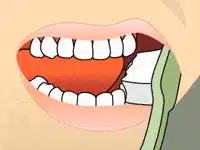
Brushing: Step 1
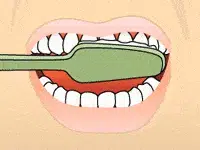
Brushing: Step 2
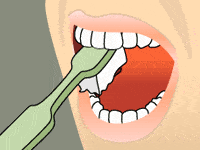
Brushing: Step 3

Brushing: Step 4
Flossing Instructions
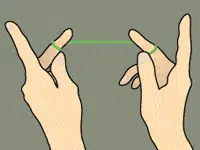
Flossing: Step 1
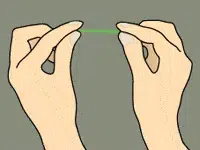
Flossing: Step 2
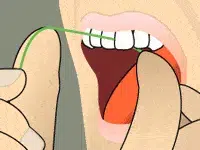
Flossing: Step 3
